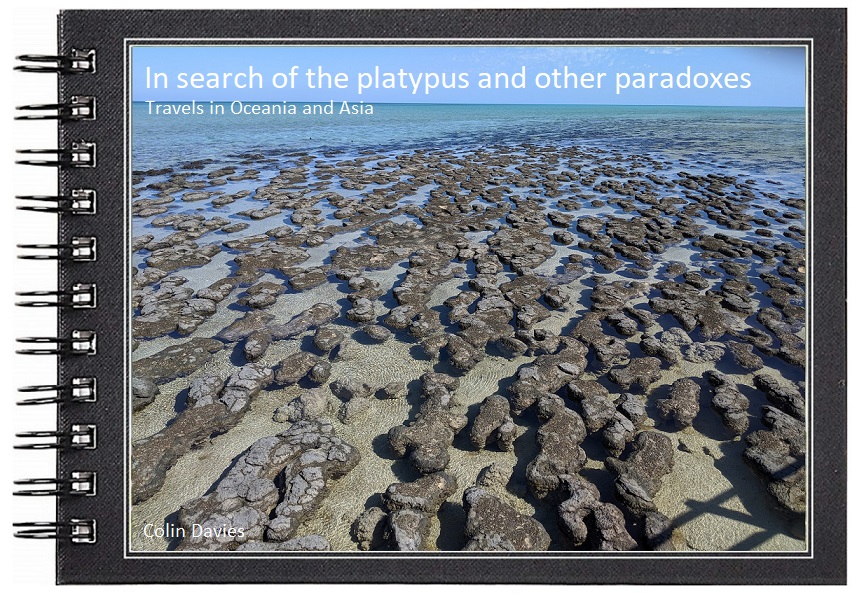Monday, 3 February 2020
Buller's Albatross, Bicheno
I managed to persuade Elaine to have one last stop at Bicheno just north of Coles Bay today. I knew that strong north easterly winds gave me a good chance of Buller's albatross from Bicheno blow hole and I wasn't wrong. Even as we drove down to the car park I could see albatross over the sea and as soon as I started scanning I counted one, two, three....twenty at least! A fabulous sight to see so many albatross from land, but which species where they? Not too difficult to work out really, by far the most likely inshore species at this time of year are shy albatross with a pure white head and Buller's albatross with a grey hood. You can clearly see in the photo that this bird has a grey head and is Buller's albatross. Yes it could be Salvin's or grey-headed but they are quite rare here and usually seen far out to sea over deep waters, whereas Buller's is common here at this time of year and is often seen inshore. Today there were about 10 each of Buller's and shy albatross intermingled with about 30 Australian gannets and it was a real pleasure to watch them. This brings my albatross life list to 11 species, not bad at all.
Buller's albatross, note the grey head.
A couple of nights earlier we had stopped off at Bicheno and apart from a few shy albatross, we also saw a couple of little penguins on the water, around 50 short-tailed shearwaters, 100 black-faced cormorants, 200 crested terns, about 20 Australian gannets and two species of skua, Arctic and pomarine. The latter is pretty uncommon in Tasmania but it does occur, usually in January and usually after northerly winds which is exactly what we had.
Subscribe to:
Post Comments (Atom)
-
Photo: Snowy albatross. "Wanderer at 6 o'clock!", the cry went up and sent shivers down my spine. This was the moment I ha...
-
I've been to Southern India twice now, but neither were birding holidays. The first was to meet the family of my son's...
-
Philips Island is a 90 minute drive south east of Melbourne. It's a proper island but you can drive onto it via a bridge. The day we ...








No comments:
Post a Comment